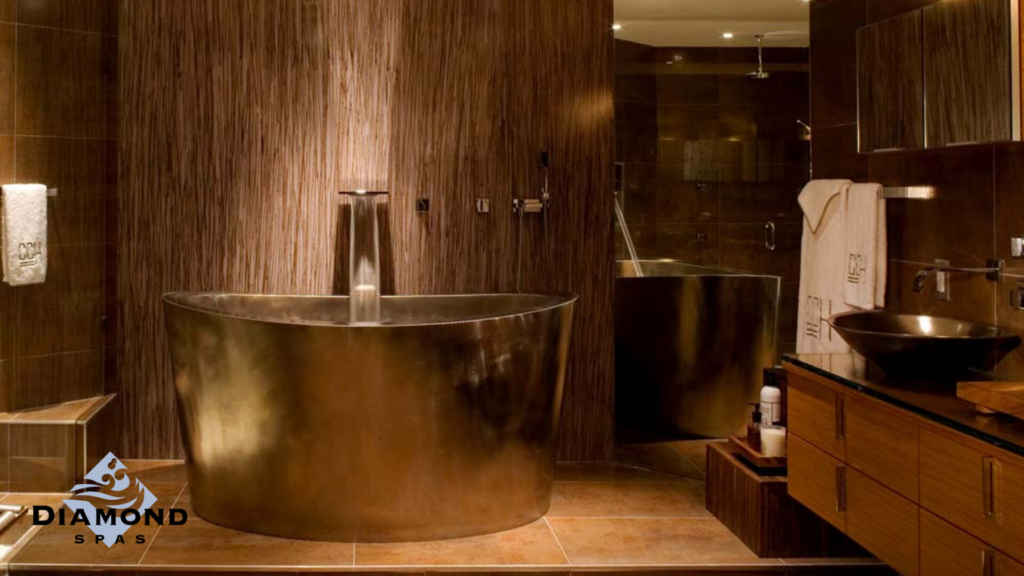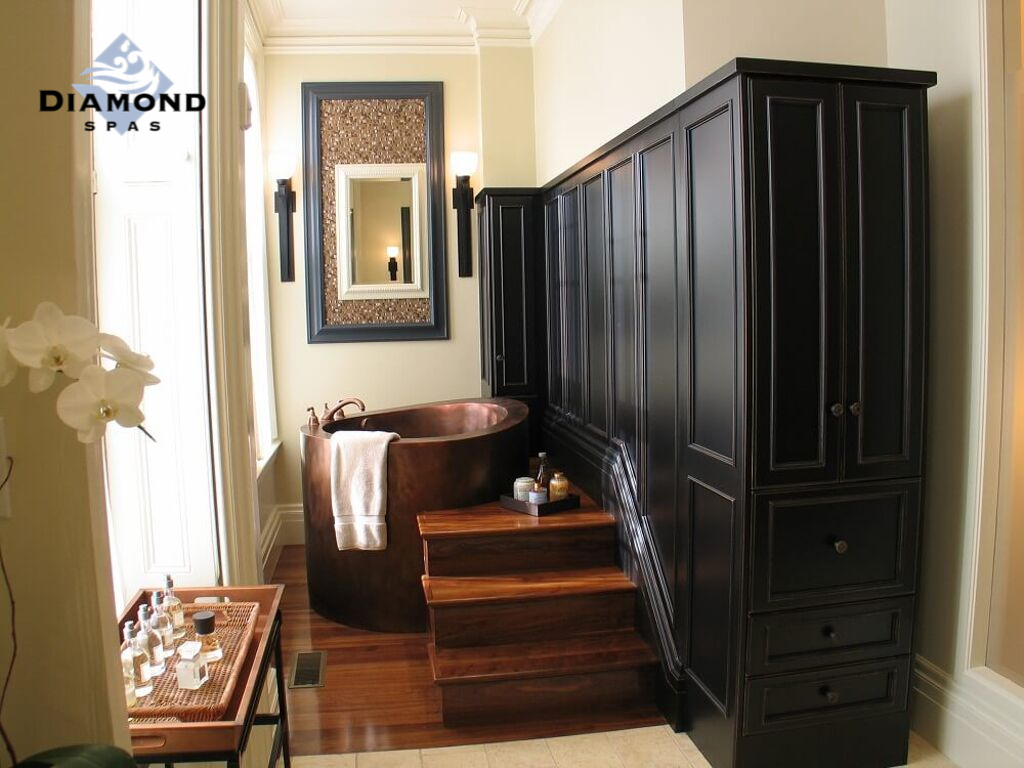The Japanese take their bath time rituals very seriously. So seriously that they have a bath named after them. We have heard some call it a Japanese bath while others call it an Ofuro ? The terms are causing some confusion as this specialty bath is taking on a whole new host of tub aficionados.
So let’s take a look at what good ole’ Wikipedia has to say on the matter.
The Furo , is a polite form of ofuro , it is a Japanese style bath. Specifically it is a type of bath which originated as a short, steep-sided wooden bathtub. Baths of this type are found all over Japan in houses, apartments and traditional Japanese inns (ryokans) but are now usually made out of a plastic or stainless steel. Taking a bath, rather than taking a shower, is very popular in Japan and public bathing is an important part of the Japanese culture. In Japan, there are two purposes to taking a bath: cleaning your body and relaxing your body. Furo are part of the Japanese ritual of bathing, not meant for washing but rather for relaxing and warming oneself.

Now let’s see what we can can learn about the Japanese tub.
Thea Japanese soaking tub is a type of tub that with origins that started in Japan. A name referring to the Japanese ofuro got the name Japanese Soaking Tub when the tub became more of a westernized design. The baths are typically very deep sided with some sort of stool, bench or seat situated in the bath itself. The original Japanese baths were normally made from some type of hard wood. The bath ritual for some of the Japanese is something that they must do to feel healthy and happy. Other Japanese people look at bathing as a social activity.
So as you can see, Ofuro or Japanese Baths really are the same thing. In Japan they will could the bath a furo, but with the tub getting “westernized” the tern Japanese tub got its name. With Japanese inspired design having a big part in our interior design, it is no surprise we are seeing it in bathroom furnishings. There are several differences between the Japanese bath and Western ones. Japanese soaking tubs are generally much deeper, so someone sitting in the tub can easily sink down with the water at chin level. Japanese bath water also tends to be much hotter than what Westerners normally find comfortable. The extra water volume (deeper tubs) and the hotter water temperature means that “conserving” the hot water becomes something of a priority.

